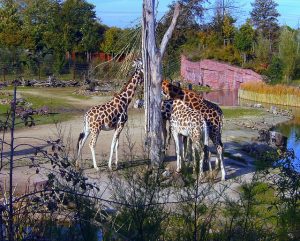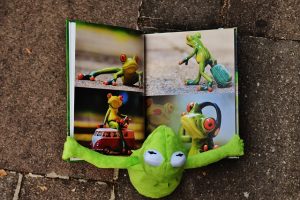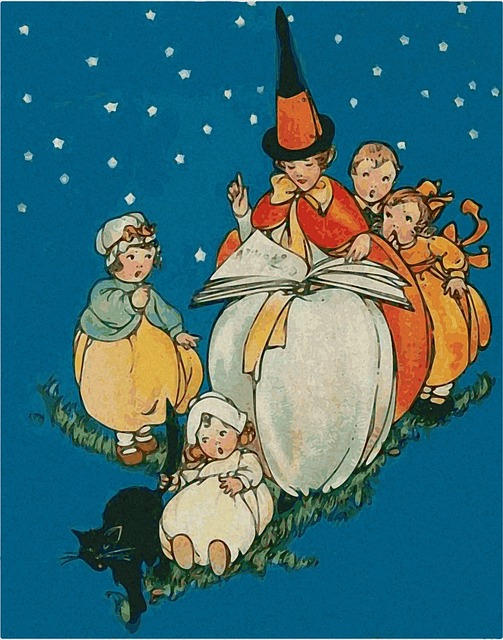Storytelling with your ELL Student
Beginning Storytelling

Storytelling is an age-old experience handed down through generations. It is a great way to introduce beginning reading. In the beginning, storytelling does not have to include books. At first, just tell stories that you have heard when you were a child. Remember not to just summarize the event, i.e., “One time I went to the zoo Instead, tell all the details of the day, where you went, what was said and all the funny events.
Feel free to “exaggerate” some of the details to make the stories more interesting. Your students will love them! Even events you think are not interesting become great stories if you add voices, actions and feelings. Oral storytelling helps students understand a “sense of story, “ or the way stories work.
What should your stories include?
Having a “sense of story” means knowing that stories have a beginning, middle, and an end. They often have a problem or two in the middle that the characters have to solve by the end. Understanding the “sense of story” is a skill stud can learn, even before they can read the words. The idea of storytelling is to tell the “gist” or the basic idea of the story. Use the illustrations on each page to talk about what the characters say and do. As you move to books, you do not have to always read the book exactly as written. Feel free to add your own expression and words. Wordless books are great to use with storytelling!

Guidelines for great storytelling…….
http://www.preschool-lessonplans-and-activities.com/story-telling.html
Activities
It’s Your Turn:
Beginning Story Telling
- Tell personal stories
- Feel free to “exaggerate”
- Add wordless books or picture books
- Develop “sense of story”
Include in Stories
- Tell the “gist” of the story
- Tell the beginning, middle, and end
- Include a problem to solve
- Modify text in books and be expressive

